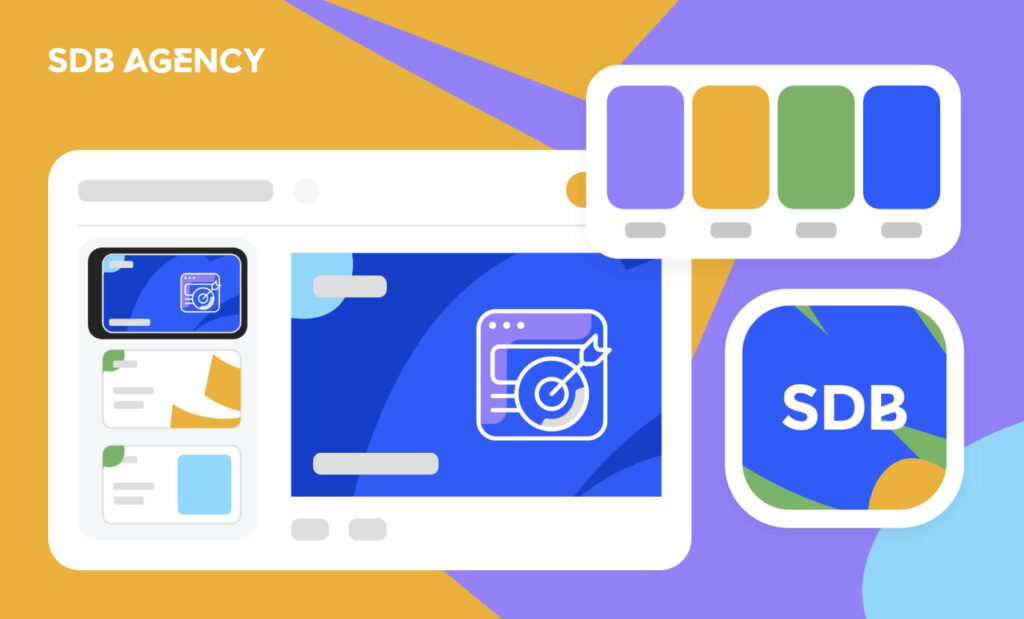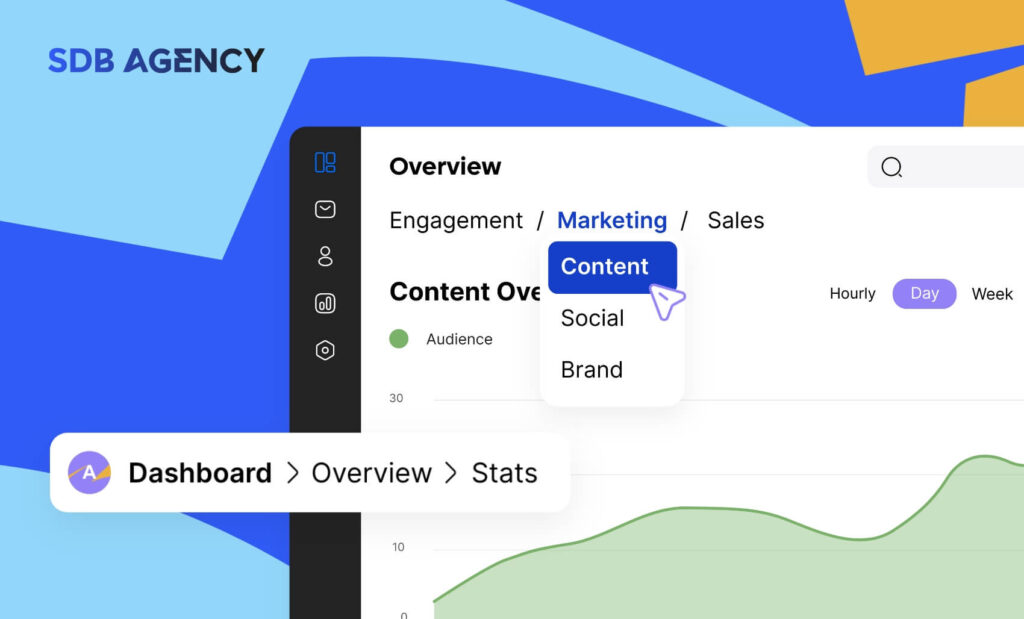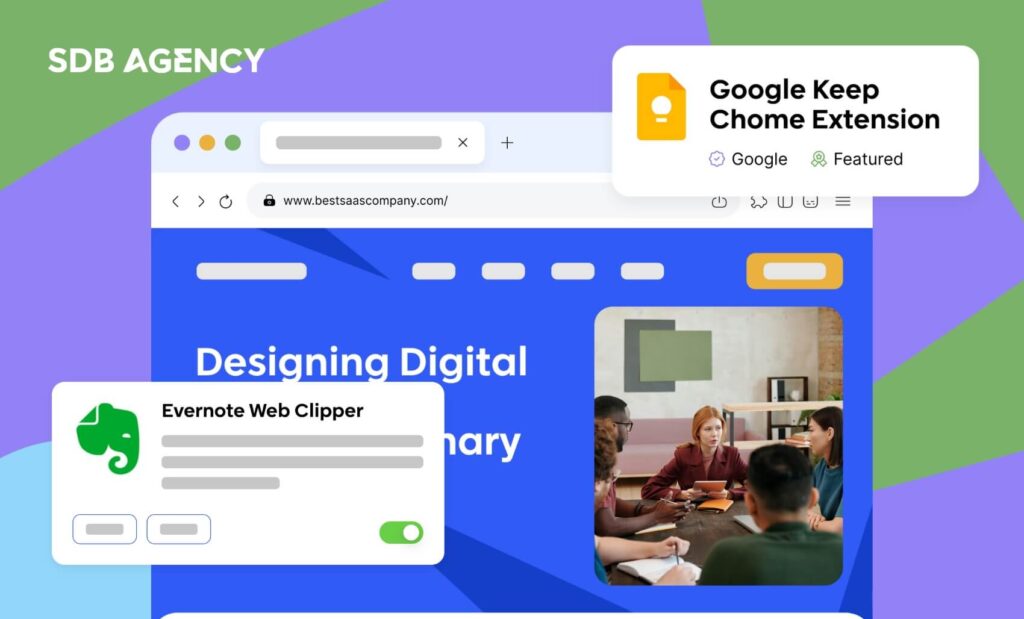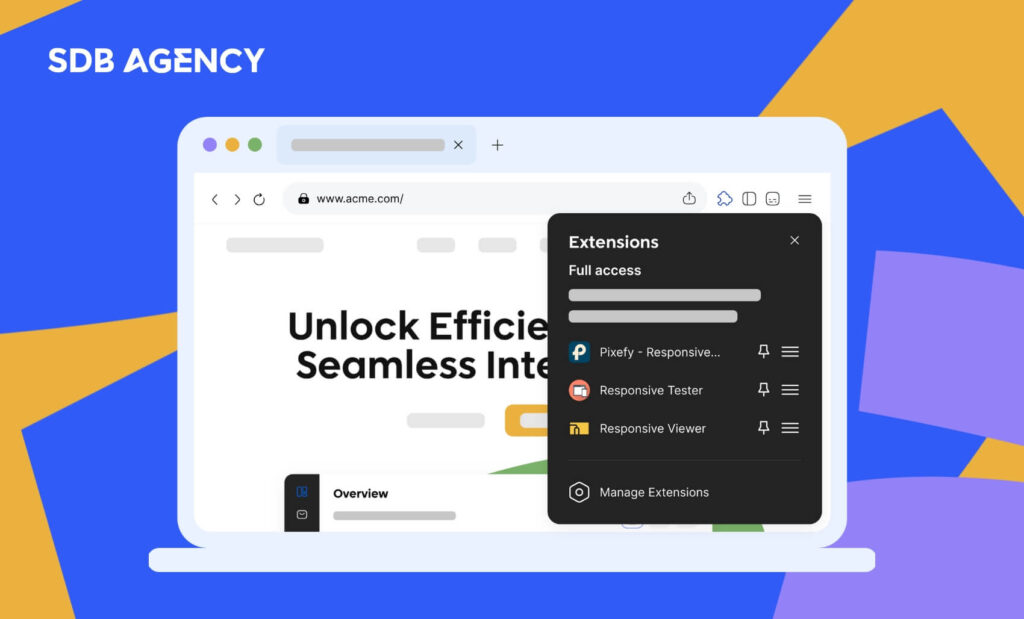The Impact of Early Website QA Testing
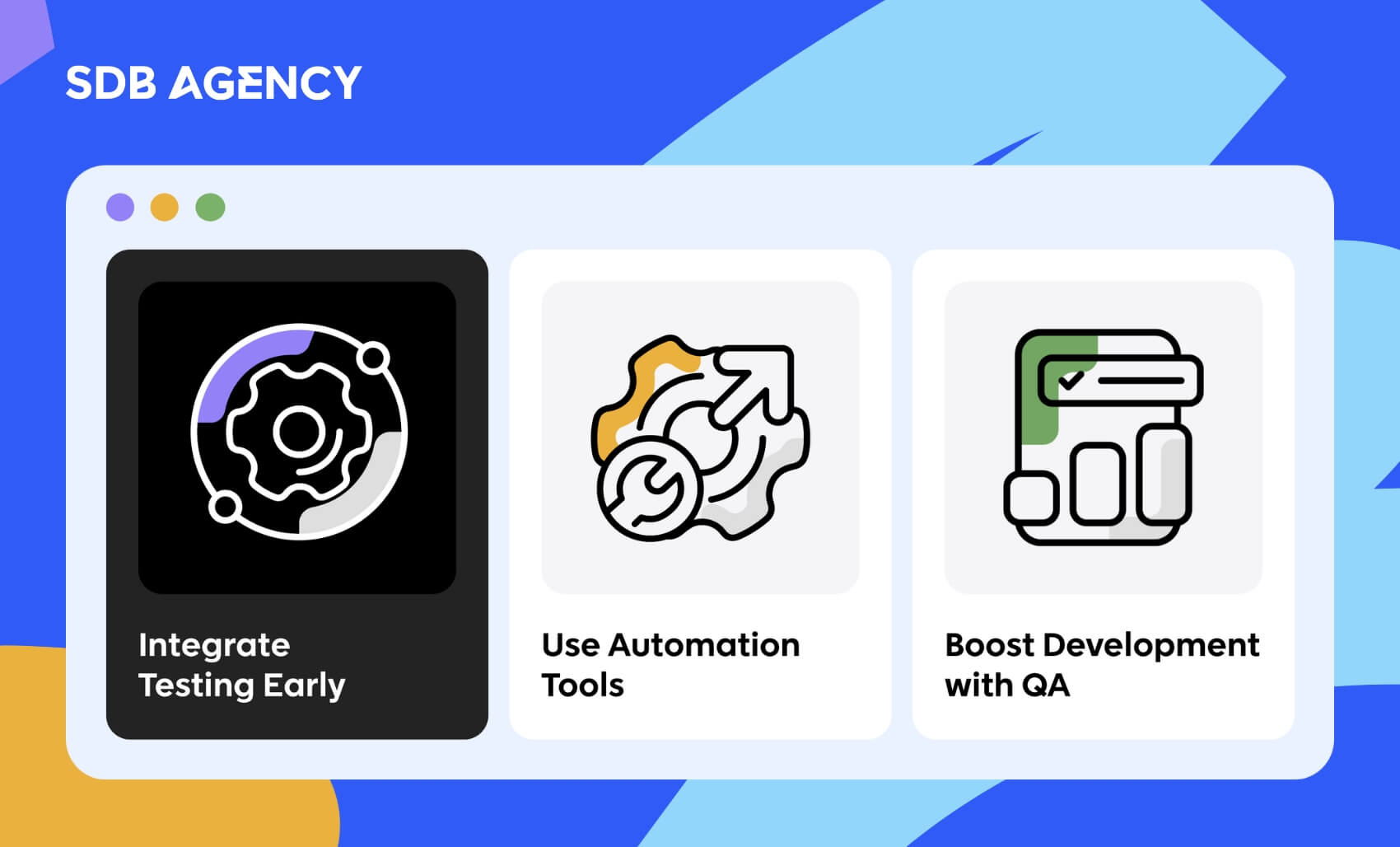
Testing is a crucial step in web design and development. By addressing potential issues as early as possible, you can prevent them from turning into more serious problems that may prevent your website from launching.
To add to the stress, fixing these issues after production may cost up to 15 times more than resolving them during the design phase.
Ensuring a successful website launch from early testing is crucial. Let’s look at the importance of the testing phase during website development.
What is early website QA testing?
Early website testing involves testing your website as early as possible during the development process. It’s one of the primary principles of the website testing and maintenance category.
In agile testing, this process is integrated seamlessly into the development cycle, allowing analysts to work with developers and offer immediate feedback.
Unfortunately, many website developers still overlook the importance of early website testing. If you’re currently in this situation, this post will help you understand the importance of early QA testing.
Why do you need early website testing?
Saving time and money are the first things that come to mind during early testing. However, it also offers much more than that. Let’s look at the key advantages of early website testing below:
1. Enhanced user experience (UX)
Early website testing helps developers quickly identify and address usability issues, resulting in a better user experience throughout the website. This is one effective way to boost your sales, as a study found that a sharp user experience and interface can increase conversions by 200 – 400%!
Here’s how testing your website early on can transform its user experience:
- Visual hierarchy: Early testing establishes a clear visual hierarchy that guides users seamlessly.
- Consistency: Testing your website early ensures your website has a uniform look and feel, improving website navigation.
- Button and form organization: Ensure they are well-refined and sized with optimal placement and responsiveness.
- Responsive design: Make sure your website offers a consistent user experience across devices.
- Typography: Use readable fonts and aesthetics.
2. Improved accessibility
Early website testing allows developers to modify and test accessibility features during the development stage. You can reach a wider audience when your website meets the needs of visually, cognitively, or physically impaired users. In addition, you can follow the latest accessibility guidelines.
Ensure your website follows accessibility standards such as the Web Content Accessibility Guidelines (WCAG) from launch. This will benefit users and safeguard you from legal consequences.
3. Increased SEO performance
Another benefit of early testing that developers ignore is improved SEO performance. As the testing is integrated from the development phase, you can resolve any issues that may negatively impact your SEO.
Here’s how early testing improves SEO:
- Faster loading speeds: SEMrush analyzed over 600,000+ keywords in the search results and found a strong connection between top-ranking pages and faster load times. Early website testing helps in filtering out issues related to page optimization.
- Solid groundwork for SEO: Early website testing elevates SEO best practices, including optimizing title tags and meta descriptions, adding relevant keywords, and establishing internal linking structures.
- Increased organic traffic: A robust SEO foundation can help your website attract more organic traffic over time, paving the way for long-term success.
The best practices for implementing early testing
As important as it is, implementing website development testing during the early stage is easier said than done. As websites become more complicated, you’ll need to consider multiple factors during the early stages.
Let’s look at the essential factors for successful early website testing.
Integrate testing early on during the development workflow
First, integrate early website testing as part of your website development’s fundamental process. Once it’s part of your daily practice, every website you build will have a lasting impression.
Here’s a quick checklist of what to do:
- Test-first mindset: Create a test-first mindset. Write tests for features before the coding process, and make this a habit that sticks.
- Prioritize risks: Focus on high-risk objectives first and use your resources accordingly. Address critical aspects to avoid potential bottlenecks.
- Effective teamwork: Remove any gaps between developers, designers, SEO experts, testers, and other stakeholders. Boost a collaborative spirit that ensures tight-knit teamwork.
Use automation tools
Use automation when needed. Try to find the balance between manual and automated testing. This lets you save time without lowering the quality. Choose from various tools to speed up testing.
Practice the following things when integrating automation into your website development testing:
- AI-driven tools: Explore the latest AI-based tools as they bring adaptability and intelligence to your website testing efforts.
- Smart test case selection: Use machine learning algorithms to track down the most risk-sensitive test cases for automation.
- Parallel testing: Run multiple automated tests to reduce testing time drastically.
Boost development with QA
Ensure you have a quality assurance (QA) team, which will be the backbone of your website development testing process. They’ll ensure your website is responsive, functional, and secure. Therefore, ensure to integrate your QA team early in your website testing by following these steps:
- Discuss QA in meetings: Involve your QA team in every meeting to ensure it is facilitated early during the testing. This will promote understanding and strengthen your team’s bond.
- Use QA to perform code reviews: Engage your QA team with code reviews to ensure optimal performance, testability, and security. This will help developers and QA teams share their knowledge and maintain website bug-quality standards.
- Have internal demos: Organize internal demos to gather feedback, track progress, and allow developers and QA testers to collaborate. This will keep everyone well informed and resolve any issues early on.
Conclusion
The importance of early testing for a successful website launch cannot be overstated, yet many digital agencies and developers still overlook it. Early website development testing can improve productivity and cost and improve your website’s overall quality. However, you need to ensure that you implement the right website testing, or it can backfire.
Hopefully, our post has helped you understand and inspired you to test your website early on and how to get it right. Happy testing!

